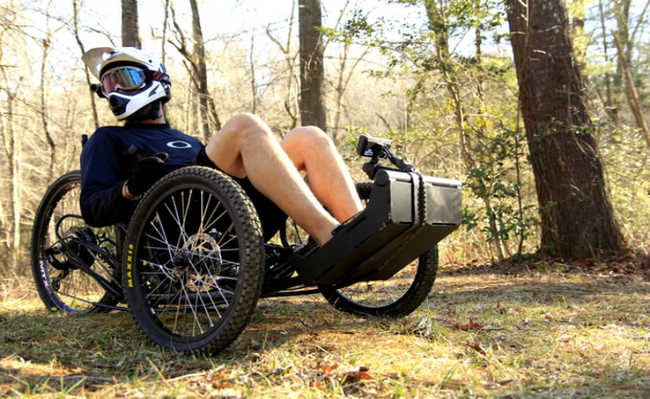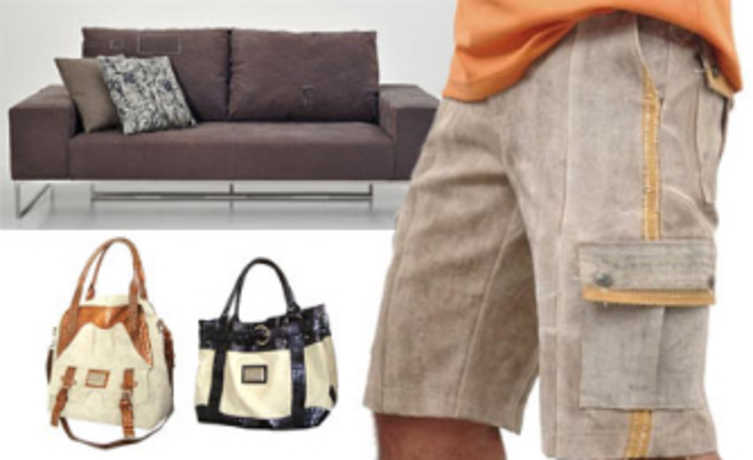Tips for cycling even in the rain
Eventually this will happen and you better be prepared. Check out how to ride in the rain

If you want to use a bicycle not only for leisure, but also as a means of transport, you need to be aware of some tips (see tips for those who want to start riding a bike to work). But what if, after taking all the necessary precautions, that heavy rain falls just as you are leaving?
It can get in your way, but if you want to adopt this method of transport, you need to face it and see how to minimize problems. Check out ten tips on how to ride in the rain:
1. Accept
The first step to prefer cycling even on rainy days is to accept that the phenomenon happens naturally and is essential for life on our planet. If you notice that the rain is temporary, wait a few minutes under a covered place (that's why it's important to make and calculate the route, if you plan to go to work by bike, for example - so you don't forget to count on unforeseen events ); if the rain lasts, you'll have to face it.
2. Raincoat
Purchase a heavy duty raincoat. Avoid clothes common to bikers, as they will contribute to heavy perspiration. Wear a poncho-style raincoat, which covers your torso, head and part of your legs. You can find it at sporting goods stores.
3. Seal everything
Inside the trunk, cover everything with waterproof material. Make sure it's tightly sealed so that rain doesn't spoil anything.
4. Install fenders
Rainwater, mud and mud can get you very dirty if you are riding on wet terrain. It is essential to install mudguards on your bike's wheels. If necessary, take your bike to a bike shop so that the most suitable accessory can be purchased.
5. Wear gloves
The accessory is essential, as it is part of the protective equipment. They protect against falls and skin irritation. On rainy days, gloves ensure your safety by preventing your hands from slipping on the handlebars. Always have two options for gloves: for cold weather (closed glove to protect your hand from the cold) and for hot weather (glove with the fingers open to improve ventilation).
6. Always dry feet
Plastic bags are well popularized as the big "gambiarra" to prevent the feet of those on a motorcycle from getting wet. But there is a problem with the material (see more). It is most recommended to use specific boots or the accessory overshoes (neopreme and waterproof shoe) that also protects your feet.
7. Take extra clothes
Even if you protect yourself completely, there is always a chance that some little part will get wet. So take an extra clothing option because you might need it.
8. The sweating
As the raincoat encourages your sweating, make more stops, hydrate more and pedal more slowly.
9. change yourself
When you arrive at work or at your destination, change your wet clothes. As "grandma used to say", wet clothes can be bad for your health and make you sick.










